Discover the ultimate guide to cauliflower - a versatile and delicious member of the brassica family. We'll show you everything you need to know about choosing, selecting, and prepping this incredible vegetable.
Whether you prefer it raw, roasted, or riced, we've got you covered with a variety of mouthwatering salad recipes that will surely impress your taste buds. Get ready to elevate your salads to a whole new level with the amazing flavours and textures of cauliflower!
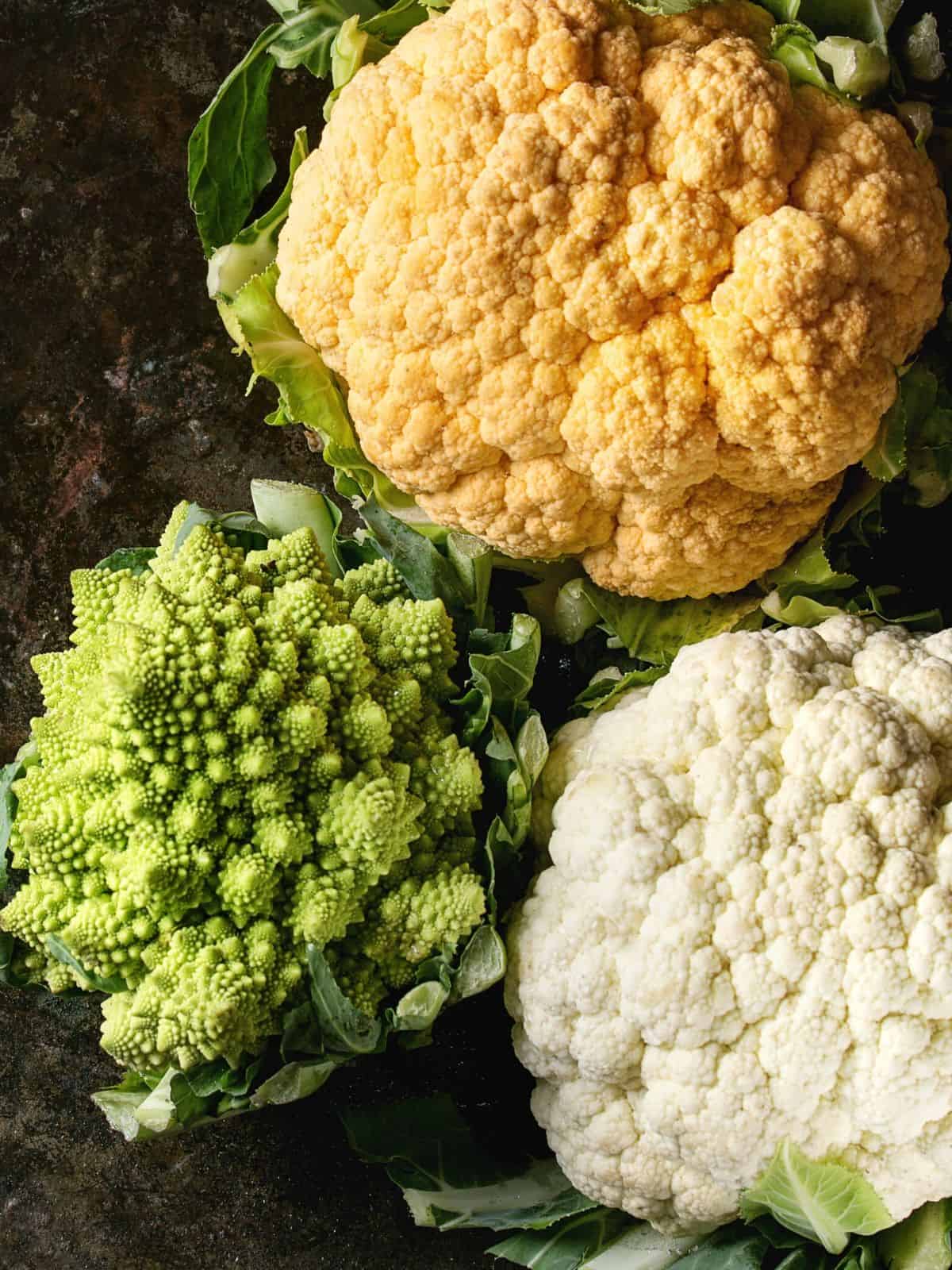
Cauliflower comes from the Latin words caulis (cabbage) and flōs (flower). Cauliflower was cultivated from wild cabbage that grew in Asia and parts of the Mediterranean. It was introduced by the Moors to Europe and became part of the diet by the 1500s. It was cultivated in the British Isles in the 16th century.
When are Cauliflowers in Season?
Cauliflowers are in season during the cooler months, from late autumn/fall to early spring.
Enjoy them fresh and tasty during these seasons- Autumn/Fall, Winter and Spring.
Nutritional Information
Cauliflower is a good source of Protein, Thiamin, Riboflavin, Niacin, Magnesium and Phosphorus, and an excellent source of Dietary Fiber, Vitamin C, Vitamin K, Vitamin B6, Folate, Pantothenic Acid, Potassium and Manganese.
Romanesco is also a good source of protein and a great source of dietary fibre.
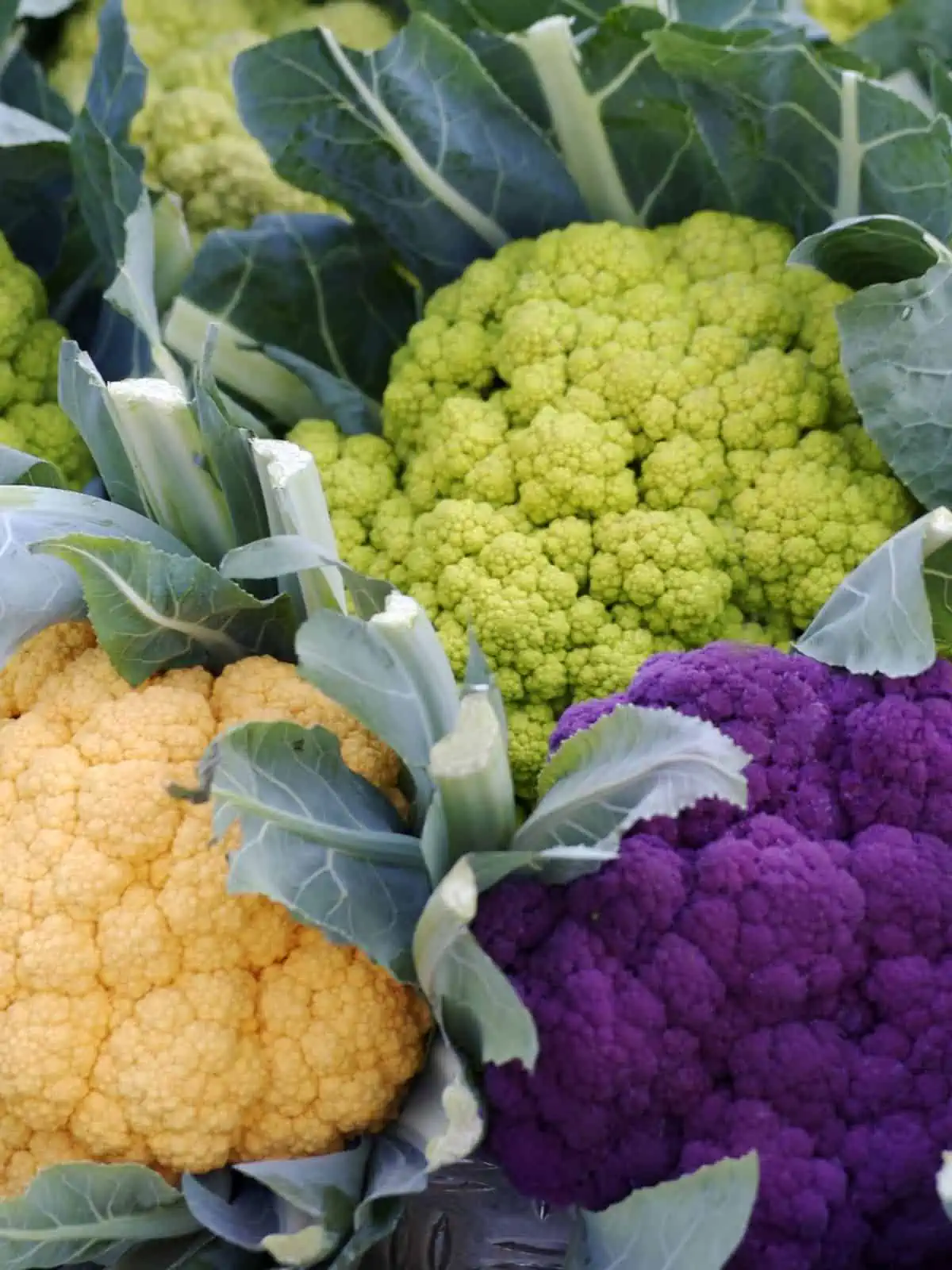
Cauliflower Varieties
White Cauliflowers - are the most common cauliflowers available in Australia they have a creamy, white head that is surrounded by green leaves.
Orange Cauliflowers - are similar in every way to white, the colour is from a genetic mutation, which allows them to hold more beta carotene or Vitamin A. They are also known as Cheddar cauliflower and Orange Bouquet cauliflower.
Romanesco - is another new type of cauliflower with a bright yellow-green head with distinctive pointy, cone-shaped florets that have a nutty taste when cooked.
Purple Cauliflower - is a new variety that contains anthocyanins that give this vegetable its unique colour. When you overcook purple cauliflower, it turns green as the colour seeps into the cooking water.
Caulilini - is a new brassica variety, it was developed by the same company who introduced broccolini to the market. While broccolini is a cross between broccoli and gai-lan (Chinese broccoli), caulilini is all cauliflower. It has long green stems with cream-coloured, open florets growing in bunches at the tops. The heads are firm, with a few large, cabbage-like leaves growing around them. The entirely edible stems and flowers offer a succulent texture and sweet, nutty flavour with none of the typical brassica aroma or bitter taste.
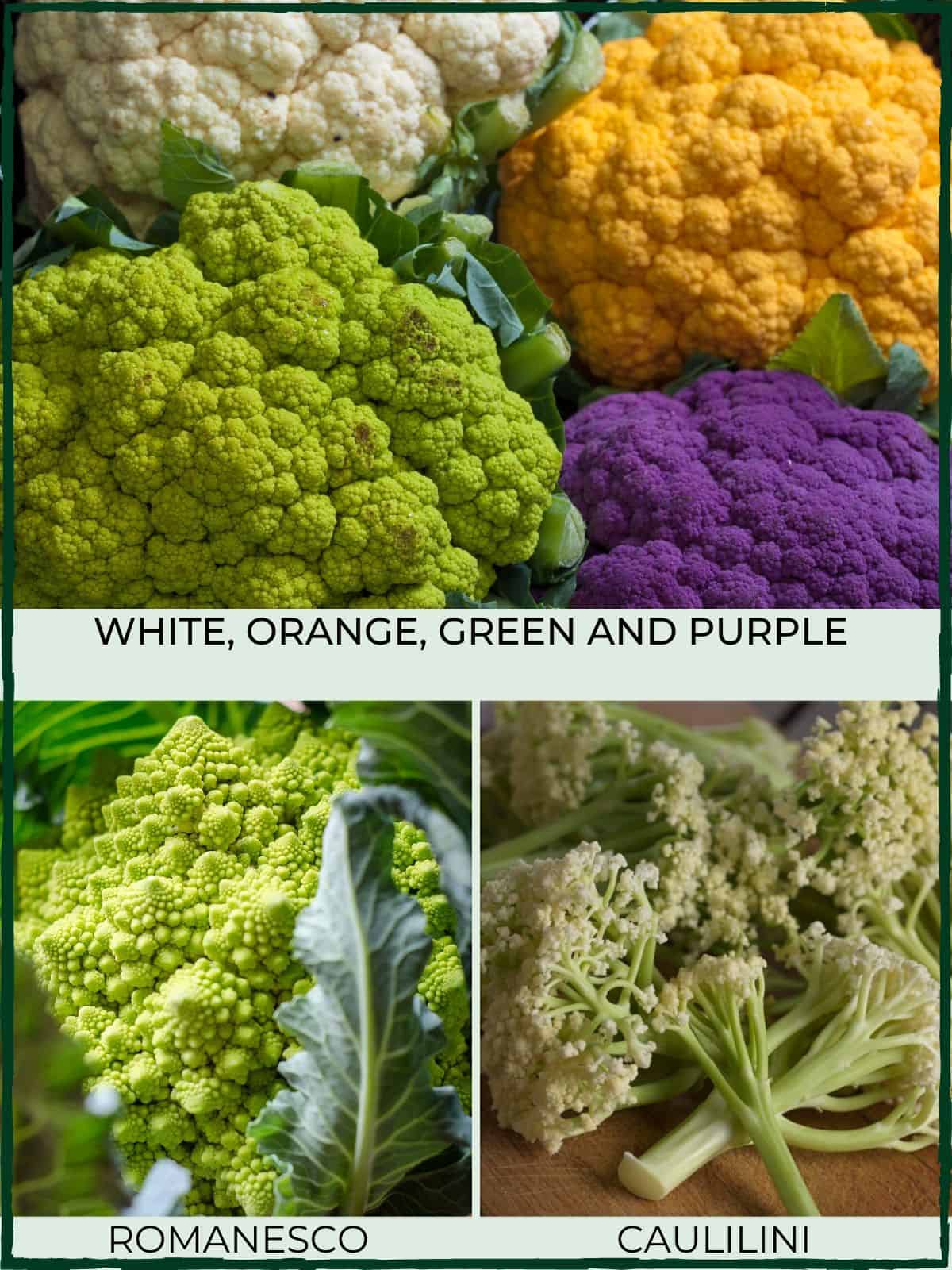
Selection and Storage
Look for white or cream-coloured heads that feel heavy for their size. The deeply ribbed green leaves that envelop a head of cauliflower should look fresh, not wilted, yellow or dry.
Keep cauliflower loosely wrapped in plastic in the fridge. It can keep up to 2 weeks if bought fresh.
You can cut cauliflower into florets and store them, sealed, in a plastic bag in the fridge for up to one week.
How to Prepare Caulfilower
How to Cut Into Cauliflower Florets
Cut off the surrounding leaves (if they’re fresh, they can be cooked, too) and the hard core.

For large cauliflowers, cut off individual florets from the central stem and cut again if necessary.
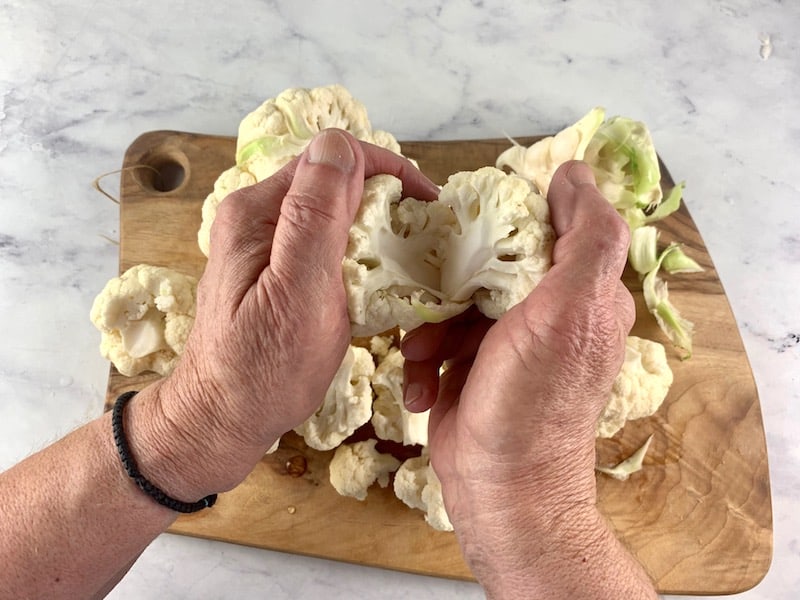
You should end up with florets of comparable sizes so that they all cook at the same pace. Place in a colander and wash under cold running water.
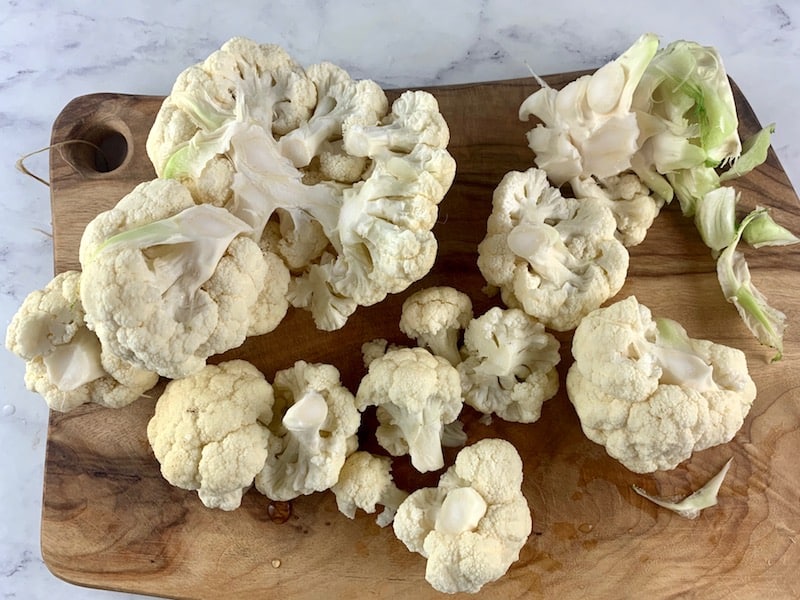
How to Cut Into Cauliflower Steaks
Cut off the stalk flush with the base of the crown. (Do not cut any part of the core that is attached to florets.)

Stand the cauliflower upright. Cut 1-inch-thick slices, from the crown down through the core end. Side cuts may be precariously held together but should be bound by the core—use a wide spatula to transfer steaks off your board.
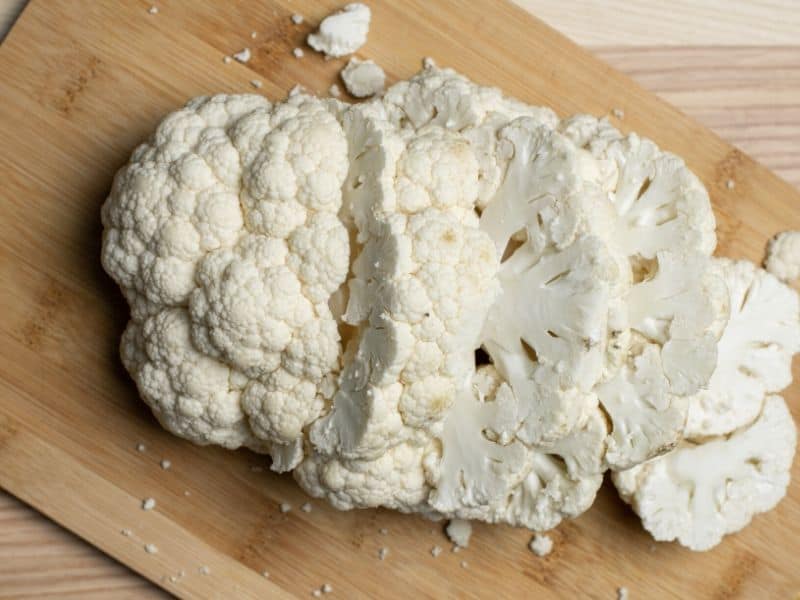
Reserve any stray pieces, which can be prepared alongside the steaks and served with them.
Place in a colander and wash under cold running water.
How to Make Cauliflower Rice
Wash the cauliflower and remove the leaves and most of the stem.
Then either pulse in a food processor until it resembles rice, (not too fine or it will turn to mush). Re-process any large pieces, then transfer to a mixing bowl.
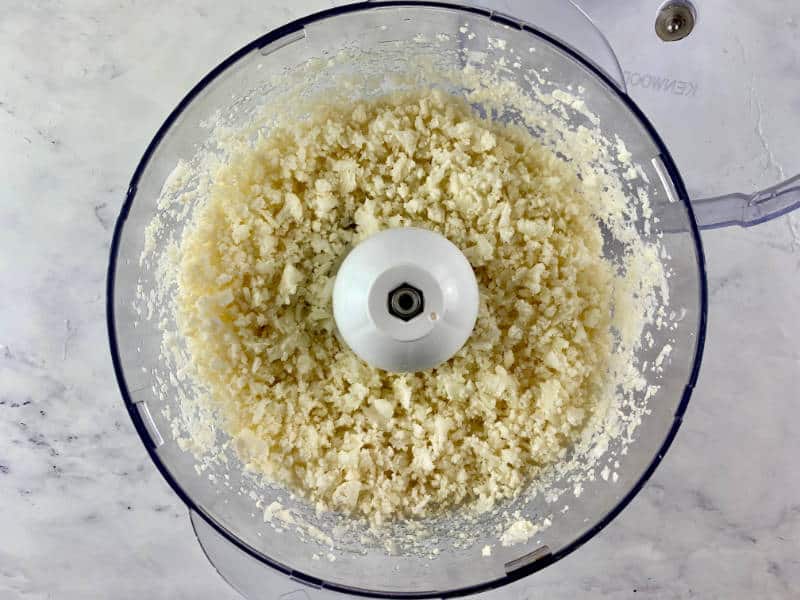
If you don't have a food processor then you can grate your cauliflower with your box grater. Or finely chop with a sharp knife.
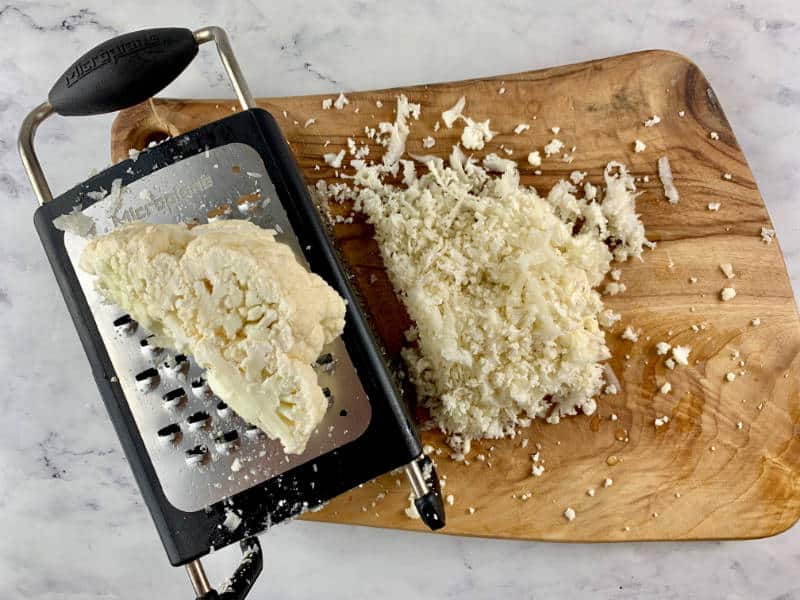
Cook cauliflower in a non-aluminium saucepan as the chemical in cauliflower can react with the aluminium changing the colour of the cauliflower to yellow.
How to Prepare Romanesco
Cut the base of the romanesco, removing the thick stem that protrudes beyond the florets and larger leaves (if they are attached).
Using a paring knife separate into florets of the same size.
Place in a colander and wash under cold running water.
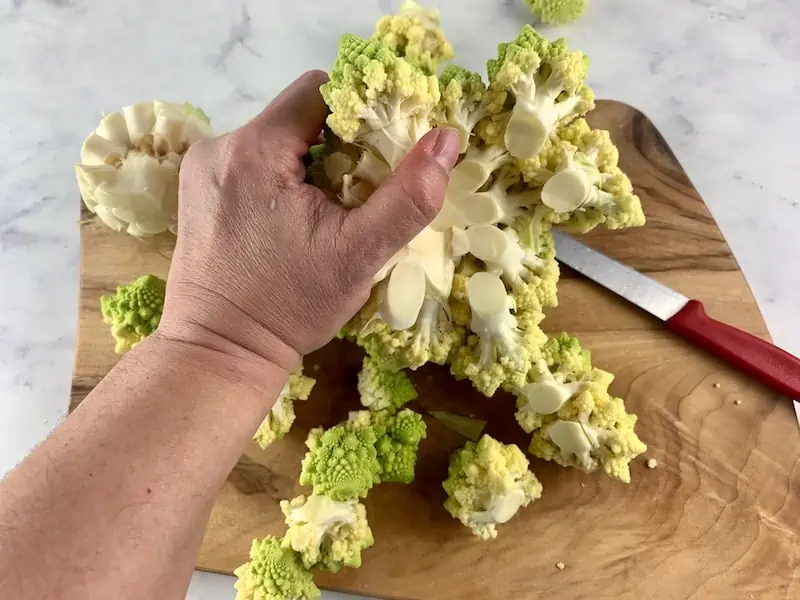
How to Prepare Caulilini
There is really not much needed to prepare caulilini, wash thoroughly under cold running water to remove any dirt. Then cut off the bottom, hard stalk then break into smaller long florets.
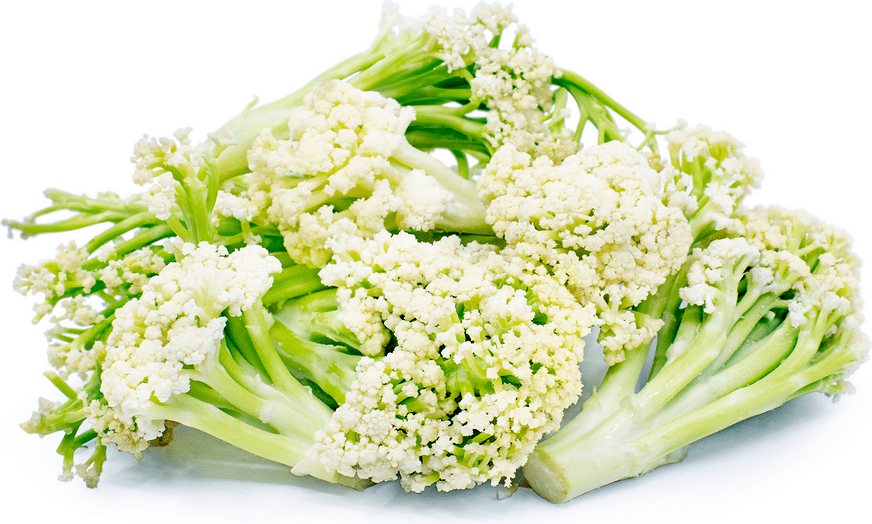


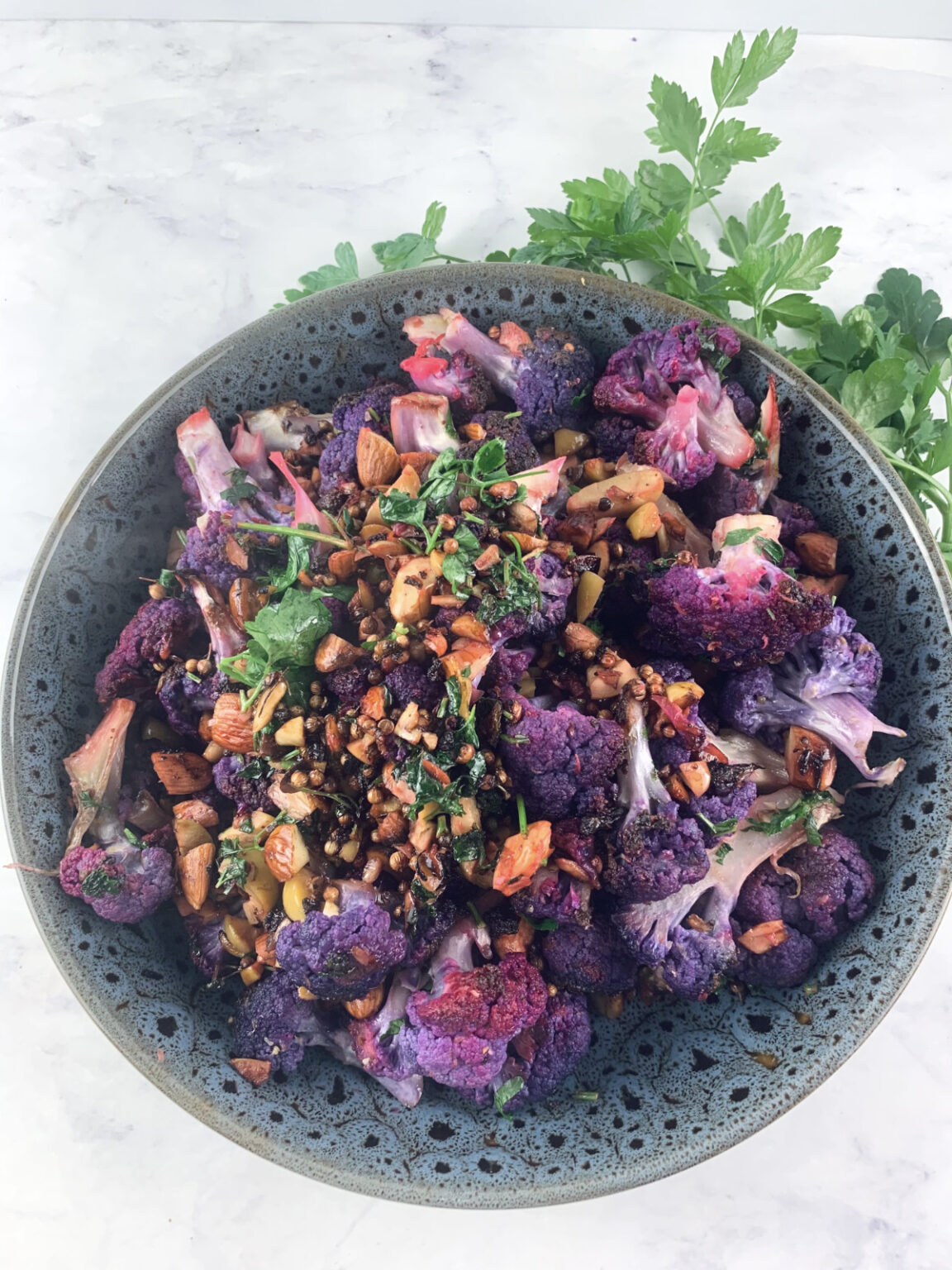
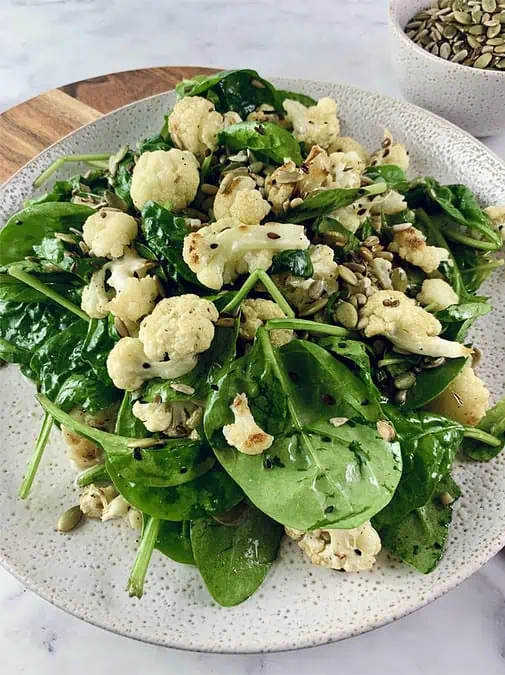
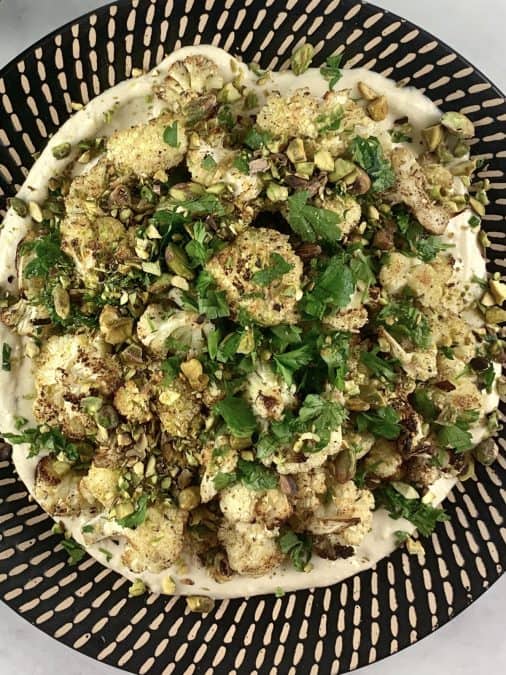
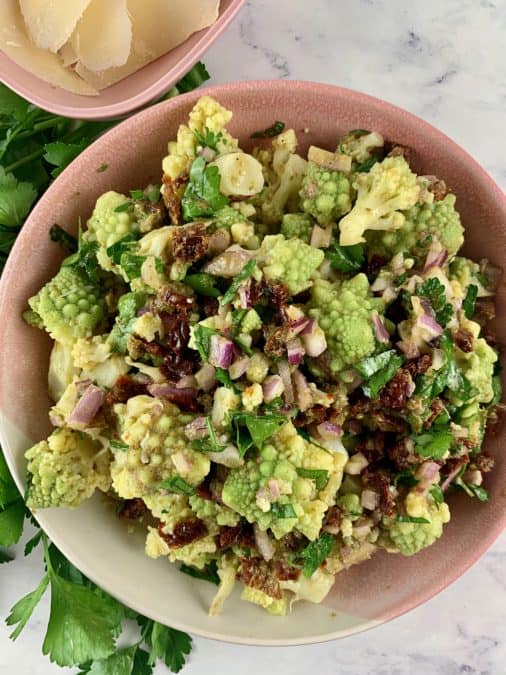
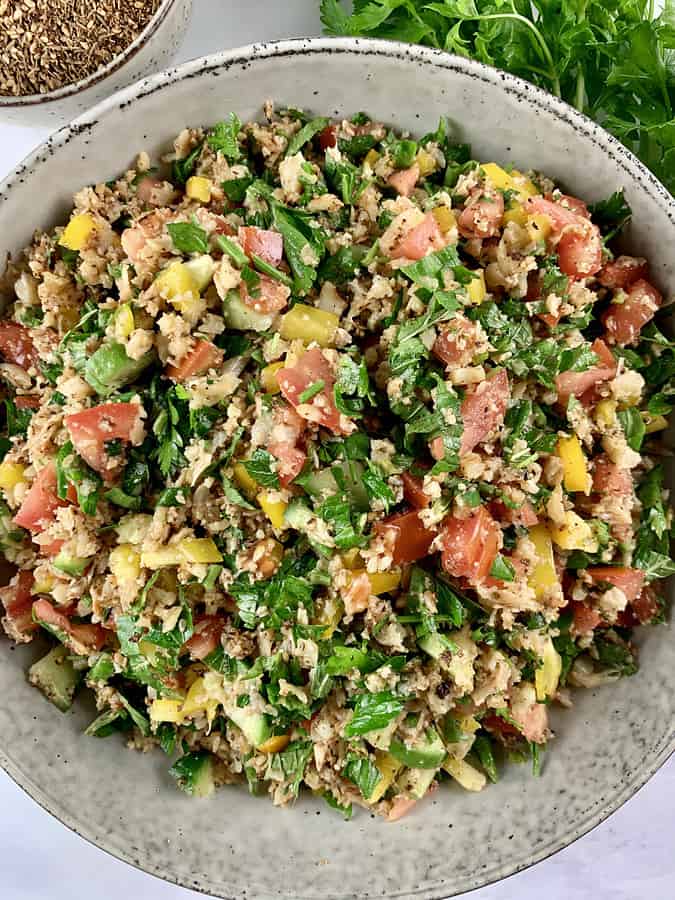
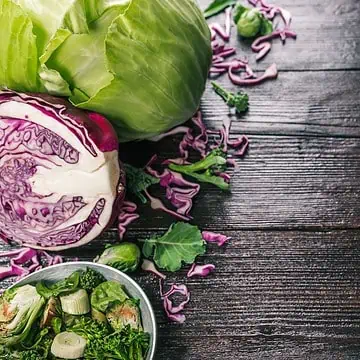
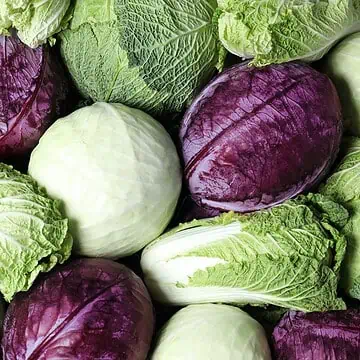
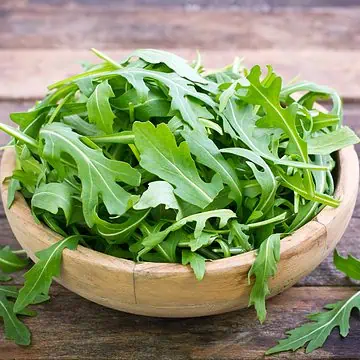
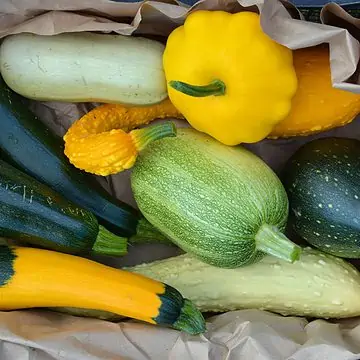
Leave a Reply